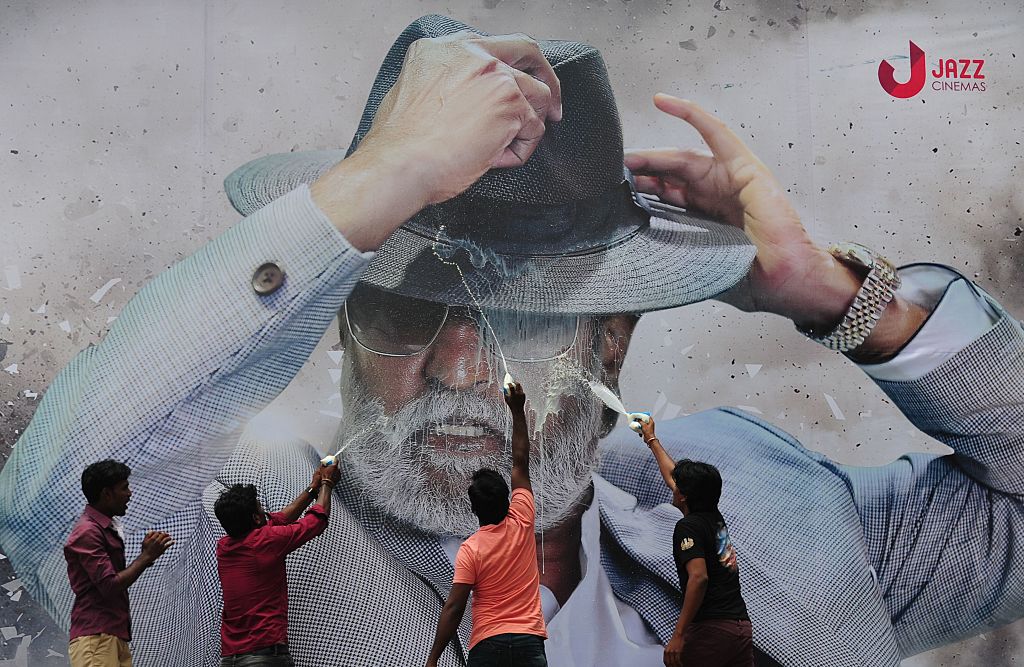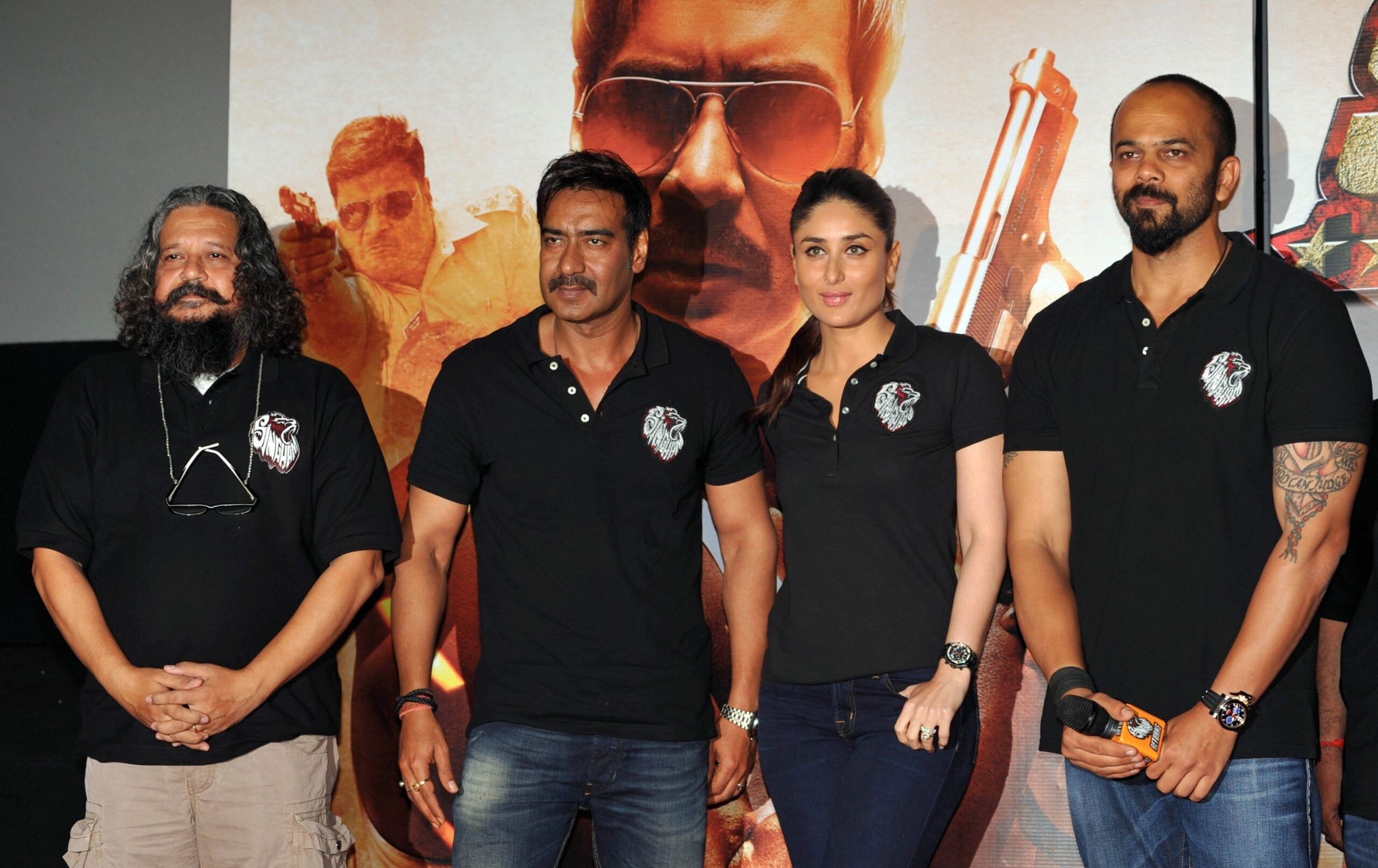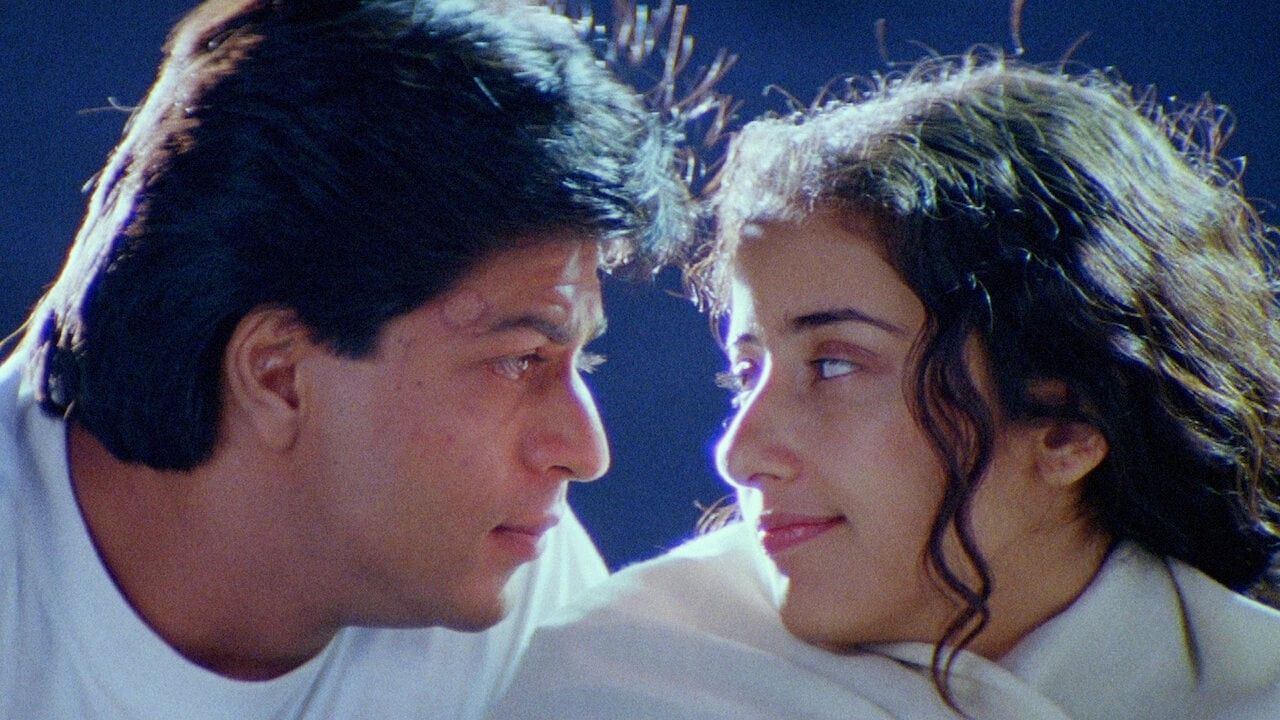- Monday, April 29, 2024
Films like Jawan starring Shah Rukh Khan and Baahubali franchise have become some of the highest-grossing movies in Bollywood history.

By: Vibhuti Pathak
There was a time when Bollywood was hit and pumping good movies with maar-dhaad masala action. But gradually, this attention to action and stunts shifted to south Indian cinema, where the action was portrayed in a very unique manner, with punches and swooshes, unrealistic yet thrilling hero actions that made the audience, cheer and hoot in excitement.
This growing popularity of south Indian cinema did not just stay up to the states of that region, but spread pan-India and went abroad as well. The stars like Rajnikanth, Junior NTR, Ram Charan, Allu Arjun, Mahesh Babu, Chiranjeevi, etc won hearts with their unique action-thriller films.
In recent years, a growing number of South Indian filmmakers have been making their mark in Bollywood, collaborating with some of Hindi cinema’s biggest stars. This trend isn’t entirely new, but the success of films like Jawan starring Shah Rukh Khan has brought it back into the spotlight.
 Indian Bollywood film actors Amol Gupte, (L), Ajay Devgn (2L) and Kareena Kapoor (2R) attend the trailer launch of the upcoming Hindi film ‘Singham Returns’, directed by Rohit Shetty (R) (Photo credit: Getty images)
Indian Bollywood film actors Amol Gupte, (L), Ajay Devgn (2L) and Kareena Kapoor (2R) attend the trailer launch of the upcoming Hindi film ‘Singham Returns’, directed by Rohit Shetty (R) (Photo credit: Getty images)
Paving the Way: The Pioneering South Indian Directors of Bollywood
Bapu and K. Viswanath were among the first south Indian directors to venture into Hindi cinema in the 1980s and 1990s. Viswanath even remade his classic Telugu film Swathi Muthyam (1986) as Eeshwar (1989) with Anil Kapoor. K. Raghavendra Rao also made a name for himself with Hindi remakes of his Telugu movies, starting with Nishana (1980) starring Jeetendra and Poonam Dhillon.
The introduction of South Indian style cinematography was done by Rohit Shetty in films like Chennai Express, Singham where the background cast was south Indian actors but, even the shots and stunts were made very south-indianish, but the lead actors were mainstream Bollywood actors.
 Dil Se film directed by Mani Ratnam starring Bollywood king Shah Rukh Khan and Manisha Koirala (Photo credit: Netflix)
Dil Se film directed by Mani Ratnam starring Bollywood king Shah Rukh Khan and Manisha Koirala (Photo credit: Netflix)
The Rise of Mani Ratnam and Ram Gopal Varma
Later, filmmakers like Mani Ratnam and Ram Gopal Varma established themselves in Bollywood with their unique styles. Ratnam’s films like Dil Se (1998), Yuva (2004), and Guru (2007) explored complex themes and showcased powerful performances. Varma, on the other hand, found success with gritty crime dramas like Satya (1998) and Company (2002), which brought new talents like Manoj Bajpai and Vivek Oberoi to the forefront.
Modern Day Hitmakers: Atlee, Prabhudeva, and AR Murugadoss
The success continues with contemporary South Indian directors like Atlee, Prabhudeva, and AR Murugadoss. Atlee’s directorial debut in Bollywood, Jawan starring Shah Rukh Khan, has become a massive blockbuster. Prabhudeva, known for his action choreography, has delivered hits like Wanted” (2009) and “Rowdy Rathore” (2012), while Murugadoss’s remakes of his Tamil films “Ghajini” (2008) and “Holiday: A Soldier is Never Off Duty” (2014) were both critically and commercially acclaimed.
Beyond Remakes: Exploring New Horizons
While remakes have been a successful formula for many South Indian directors in Bollywood, there are also those forging their path. Pushkar-Gayatri’s Hindi remake of their Tamil film Vikram Vedha (2022) presented a fresh take on the cop-gangster drama, while Sandeep Reddy Vanga is creating much anticipation with his original Hindi film Animal starring Ranbir Kapoor, a departure from his earlier work remaking his Telugu film Arjun Reddy (2017) as Kabir Singh (2019).
Looking Ahead: A Thriving Collaboration Between Two Film Industries
The growing presence of South Indian directors in Bollywood signifies a thriving collaboration between the two film industries. This exchange of talent and ideas brings new perspectives to Hindi cinema and offers a wider audience the opportunity to experience the magic of South Indian storytelling. The future looks bright for this cross-pollination, with both industries set to benefit from this creative exchange.
![]()